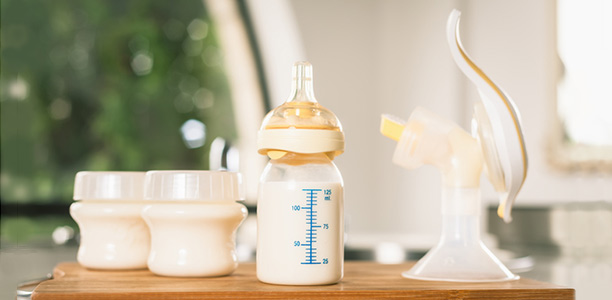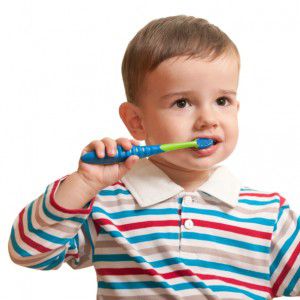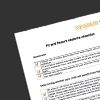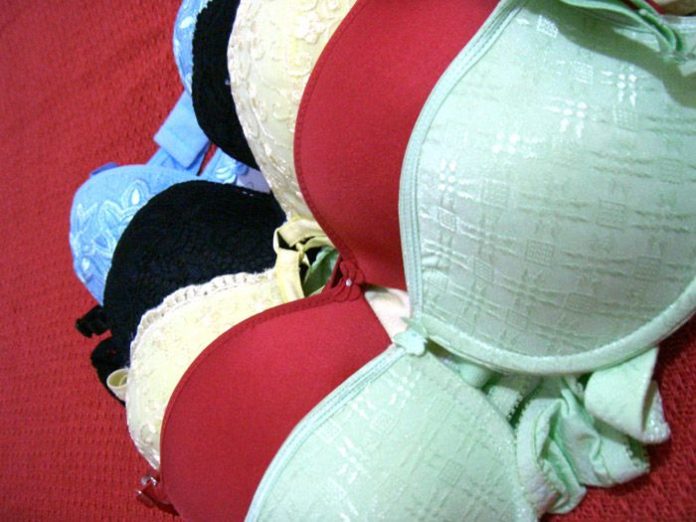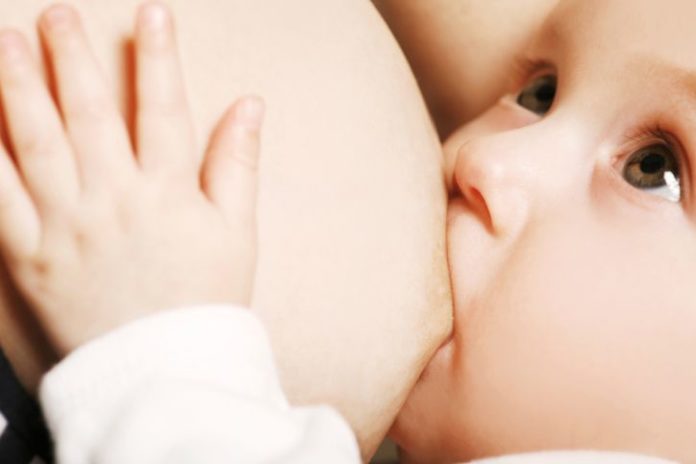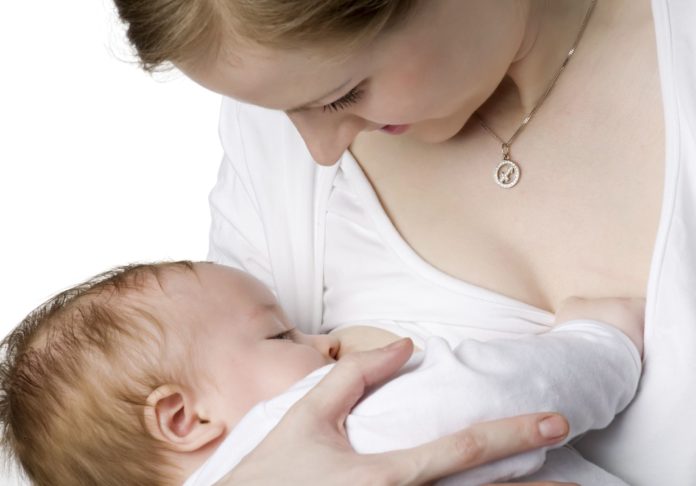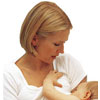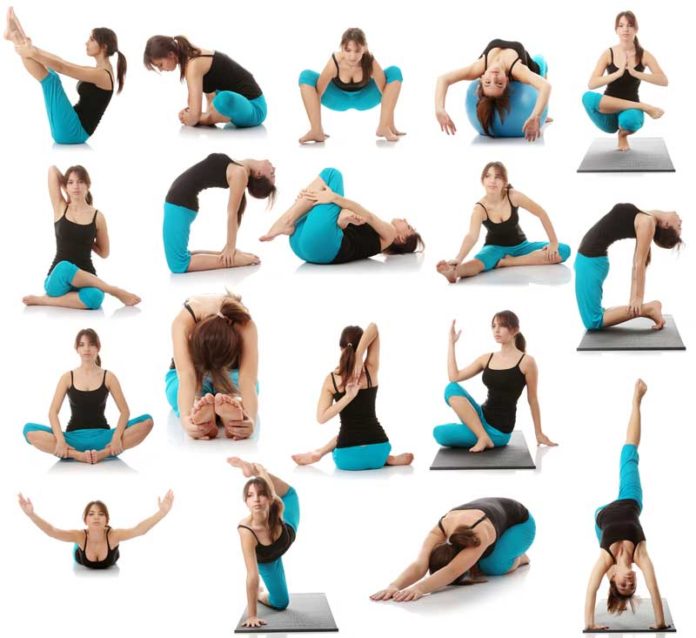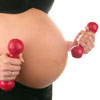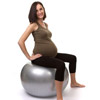Here’s a handy rundown of expressing breastmilk for new mums, a technique where you can release your mamma’s milk, either manually or with a pump, so you can store it and feed your bub at another time.
Expressing is the best way to ensure your baby gets the nutrients it needs from your milk, even if you are separated by work or hospitalisation.
Simply the ‘breast’
Breastmilk production is a brilliant system – milk is made at the same rate at which it is expelled. If none is expelled, then it isn’t produced. This milky wonder is controlled by the pituitary gland in your brain. It works the best when you are expelling milk regularly, and your body knows it should keep up a constant supply. Basically, you become a one-woman milk factory, and you don’t even have to think about it.
Why express?
There are different reasons why you may choose to express breastmilk either some or all the time. Sometimes babies have difficulty latching on to the breast, especially if they were premature. Other times, mums and bubs have to be separated, often because of hospitalisation, work or babysitting. There’s nothing wrong with having a night off and leaving your baby with a bottle if you feel you need to get out of the house. So baby can have his or her milk – and drink it too.
Other times it is a question of ‘breast’. Perhaps your nipples are cracked or sore and they too need a break, or your boobs are engorged so you need to expel to feel comfortable. Also, if your supply is low, often expressing milk will stimulate production.
… and when?
You can start expressing straight after childbirth. Sometimes it’s necessary if bubba doesn’t want to suckle. The stimulation of the nipple will kick start the lactation process. Usually in the first week after childbirth, it is recommended to manually express your breastmilk. You can move on to a pump shortly after, when you (or your partner!) notice your breasts are fuller.
If you do start expressing milk straight after giving birth, you will need to express quite regularly, about 8–10 times per day. You may even need to express every 1.5 hours. Once lactation has kicked in, you can tone it down to every 3–4 hours, or about 6–8 times per day.
If you are suckling your little one and only want to express sometimes, perhaps for a night out, then you only need to express what your baby will need.
For women who need to express excess milk due to mastitis or blocked ducts, they should express as much remaining milk as they can each time the baby suckles.
If you want to increase your supply of breastmilk, try expressing milk from each breast until empty, 2–3 times per sitting (in a row).
Women who have missed suckling their infant or expressing their milk at least once may try expressing several times in close succession, to ensure a minimum of six milk expresses for the day. This will help to maximise their milk supply.
How much of the good stuff?
Here’s a table you can use as an approximate guide to how much you should be expressing for each purpose. If you become concerned about your quantity, see you GP for further guidance.
| Reason for expressing | Amount of milk which should be expressed |
|---|---|
| Breasts are engorged or uncomfortable because they are too full | Express only as much breastmilk as is required to reduce the feeling of engorgement or discomfort. |
| Blocked duct or mastitis | Express as much breastmilk as possible after the infant has finished suckling. |
| To store breastmilk for emergency use | Express as much milk as is needed for storage. |
| For regular infant feeding | Express as much milk as possible and fully drain both breasts each time. In the first days after childbirth, it may only be possible to express a few drops or millilitres of breastmilk. Women will typically express 50–75 mL from each breast each time they express, 4–5 days after childbirth. This will increase to 80–120 mL by the end of the first week. Once regular breastmilk production is established, women express 440–1,200 mL of breastmilk each day.Women who sometimes suckle their infant (e.g. when they are not at work) may also wish to try expressing a little breastmilk after each suckling.It is important to note that the quantity of milk a woman is able to express differs from day to day, and one breast often expresses more milk than the other. |
How is breastmilk expressed?
Relaxation is the key to expressing. So find a lovely spot with some soothing music, perhaps after a warm shower, and place a warm towel on the breast. Then gently massage the breast and nipple to encourage the ‘let-down reflex’.
If your baby isn’t around while you’re trying to express, it can help to keep a photo with you. Remember to eat beforehand so you have all the nutrients you need, and speak to people if you need some support, whether it be a partner, friend or professional.
Regardless of whether you are using a manual technique or a pump, reducing the risk of your baby’s infection is very important, so always:
- Wash your hands thoroughly before starting;
- Sterilise the cups, sealed bottles and their components (e.g. lids) in which expressed milk will be stored before starting;
- Ensure your hands do not touch the inside of containers used for storing breastmilk;
- Sterilise the breastmilk pump and its components (if using such a device); and
- Store breastmilk in the fridge immediately after expressing.
Finger food: Expressing breastmilk by hand
Don’t stress if this is a little difficult at first – it’s normal, and your baby has a very small stomach so you don’t need much. As you get the hang of it and your child grows, you will start to naturally produce more. You shouldn’t feel any pain, but if your nipples are sore, you can dab a small amount of breastmilk on each after feeding.
Here is a general technique for expressing milk manually:
- Place the thumb and index finger of one hand on either side of the areola (the dark-coloured section surrounding the nipple), well back from the nipple;
- Move the thumb and index finger, first pressing them back into the breast and then squeezing them together behind the nipple for about two seconds;
- Continue moving the thumb and index finger in the above motion, until milk starts to be secreted;
- When the flow of milk ceases, move the thumb and index finger to a different position on the areola of the same breast;
- Move the thumb and forefinger in the same motion again;
- Repeat the motion, using up to five different positions on the areola, until the flow of breastmilk ceases. It is important to empty the first breast before starting to express from the second breast;
- Repeat for the other breast.
If milk is being expressed because the supply is low, the woman should express milk from each breast until it is empty, 2–3 times in a row.
Pump class: Using a breast pump
Breast pumps are commonly used by women who express milk and are usually more effective from 4–5 days after childbirth (before that, hand expressing is recommended).
Single or double cup pumps are available, which respectively allow women to express milk from one breast at a time or both breasts simultaneously – probably a good idea if you want to save time. There are different types, including electronic or manual, and you can even hire one for a trial if you want to ‘try before you buy’.
With any pump, you must make sure they are always clean for your bubba. So always ensure it is clean and disassemble it fully when doing a proper wash. Use hot water with a little dishwashing liquid, and don’t clean it with sponges used for other purposes. Dry it off with a paper towel and store in a clean plastic container or paper towels.
You don’t need to take it apart every time if you are expressing a lot, but always rinse it in cold water after every session. You can also sterilise it occasionally with boiling water or a solution.
Your breast pump will come with instructions. Remember, it shouldn’t be painful, so always check you have it properly in place.
Your boobs are truly amazing (as your partner will agree) so be gentle with them. If you experience problems, don’t hesitate to talk to your GP.


